I have always enjoyed the challenge of painting in watercolour. Every day I try new ways to express my feelings through my drawings and sketches with different mediums.
I bought masking fluid a long time ago, and never had a chance to use it.

Pic.1 Colorless art masking fluid by Winsor & Newton
As you might have noticed, drawings in my specific style don’t usually have any colored backgrounds. I always keep it clean and white. This way I am trying to put more semantic load on the main subject of my paintings:
 |
 |
 |
| the Girl | the Lion | the Blindfold |
But for the last few days I was thinking of ways to make my drawings more deep, perhaps even mystify them. That’s why I’ve decided to try something different: to add some color to the background:
To achieve this I have used masking fluid. This amazing stuff allows me to avoid painting carefully around all the objects in my drawings. I put the masking fluid everywhere except the background: on the bird, flowers, etc. Such use of masking fluid lets to reserve areas of untouched paper, allowing me to work in a faster, more dynamic way.
I have received a lot of questions of how to use this masking fluid, how to avoid peeling off the paper and how to avoid throwing a brush away right after applying the masking fluid with it. :)
As I have learned, the masking fluid is quite a difficult medium to work with. But from my little experience with it, I’d love to share some tips with you on how to make your work with masking fluid easy and enjoyable.
- Plan the areas you are going to cover with the masking fluid. Most often it is applied to the areas that haven’t been painted with any colour yet.
- Test the masking fluid to understand how it works on a sample of the same watercolour paper you are going to work on. The first time I’ve tried it on a soft watercolour paper and the result was bad. The masking fluid peeled off the paper.
- Make sure, that you cover all the area without missing a spot, and that you put enough masking fluid on the paper. Poorly, unevenly applied masking fluid can have damaging effect to a painting and can ruin the paper.

Pic.2 An example, how to apply the masking fluid on the paper
- Never ever shake the bottle! Shaking it can create lumps of masking fluid. And if you use it directly from the bottle, it will look like a mess on the paper. (That’s what happened to me)
- You can use different tools to apply the masking fluid on the paper: brush, dip pen, toothbrush etc. I find that using a round synthetic watercolour brush works the best for me.
How to keep a brush clean after using the masking fluid?
Many of my followers told me that they’ve applied the masking fluid with a brush, and then they couldn’t wash the masking fluid out. This basically ruined their brushes and they had to throw them away.
So, the first thing to do is to make sure you are using a synthetic brush rather than natural-haired brush. Secondly, you will need a glass of soapy water, in which you will dip your brush before you dip it into the masking fluid.

Pic.3 First, you dip your brush in a soapy water

Pic.4 Then you dip your brush into the masking fluid and start applying it on the paper
It will protect your brush and will also prevent the masking fluid from drying out too quickly. Make sure that when you’re done working with masking fluid, you pop the brush back into the soapy water to prevent it from drying out.
Once you’re done painting the areas around the masked subjects, remove the masking fluid carefully. You can do it with a soft rubber or you can rub it off with your fingertips. But before you remove it - make sure that the paper and the paint are completely dry.


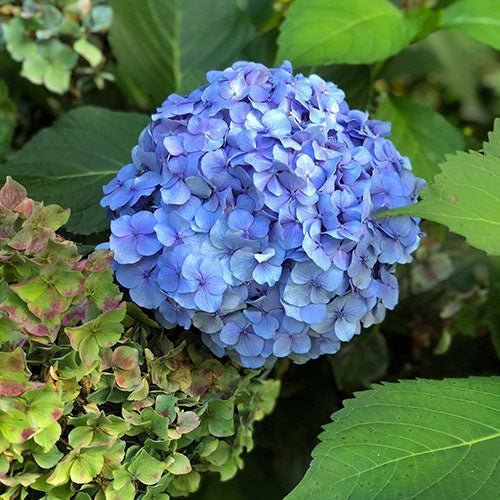
![[PRE ORDER] Dream set - Cruelty free & Vegan](http://www.polinabright.com/cdn/shop/files/brushes_dream_set_2025_closeup_by_polina_bright.webp?v=1732851974&width=2001)

![[PRE ORDER] Mop brushes - Cruelty free & Vegan](http://www.polinabright.com/cdn/shop/files/brushes_mop_set_2025_closeup_by_polina_bright_b4351886-ff5b-4143-8acd-33d2396e976d.webp?v=1732861825&width=2000)
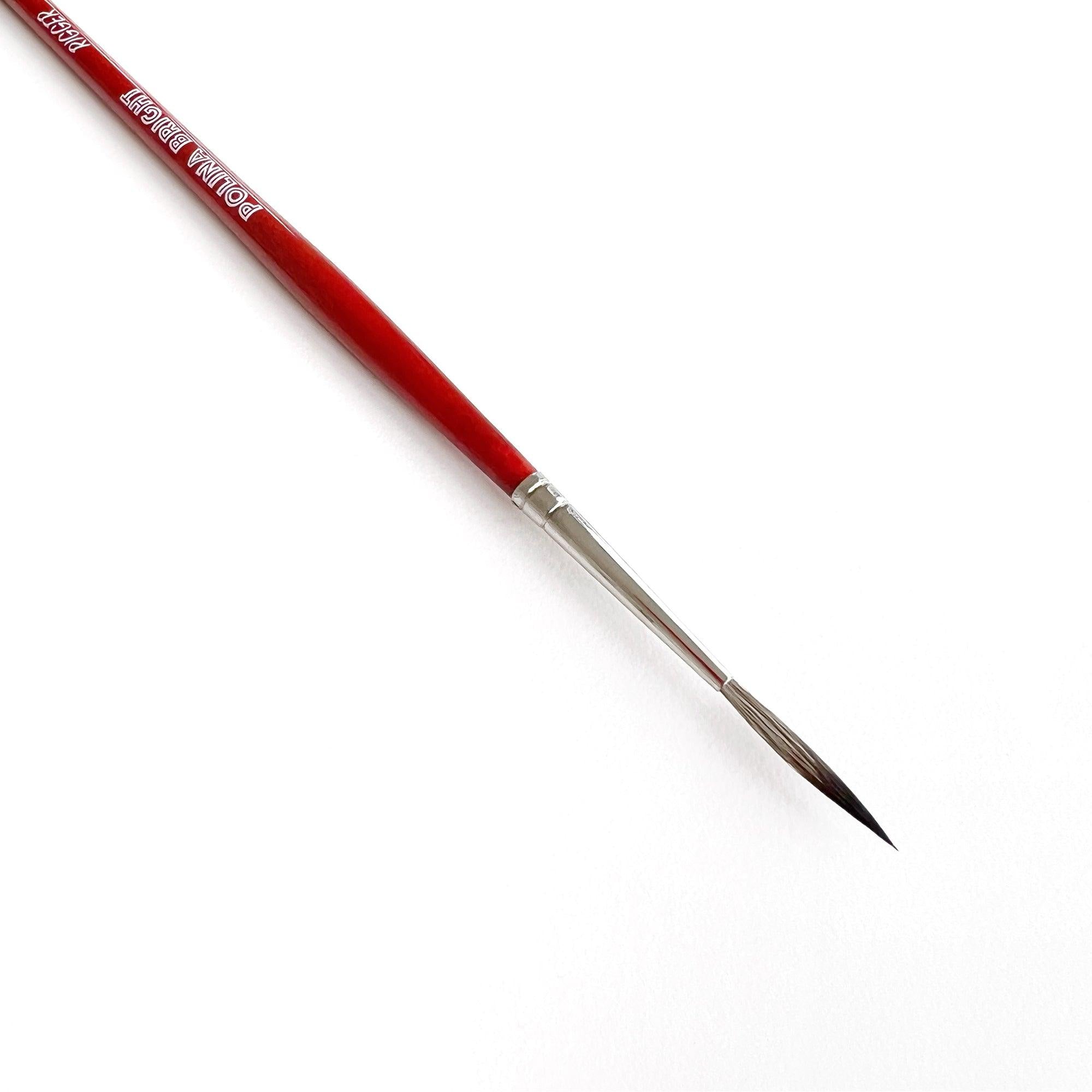







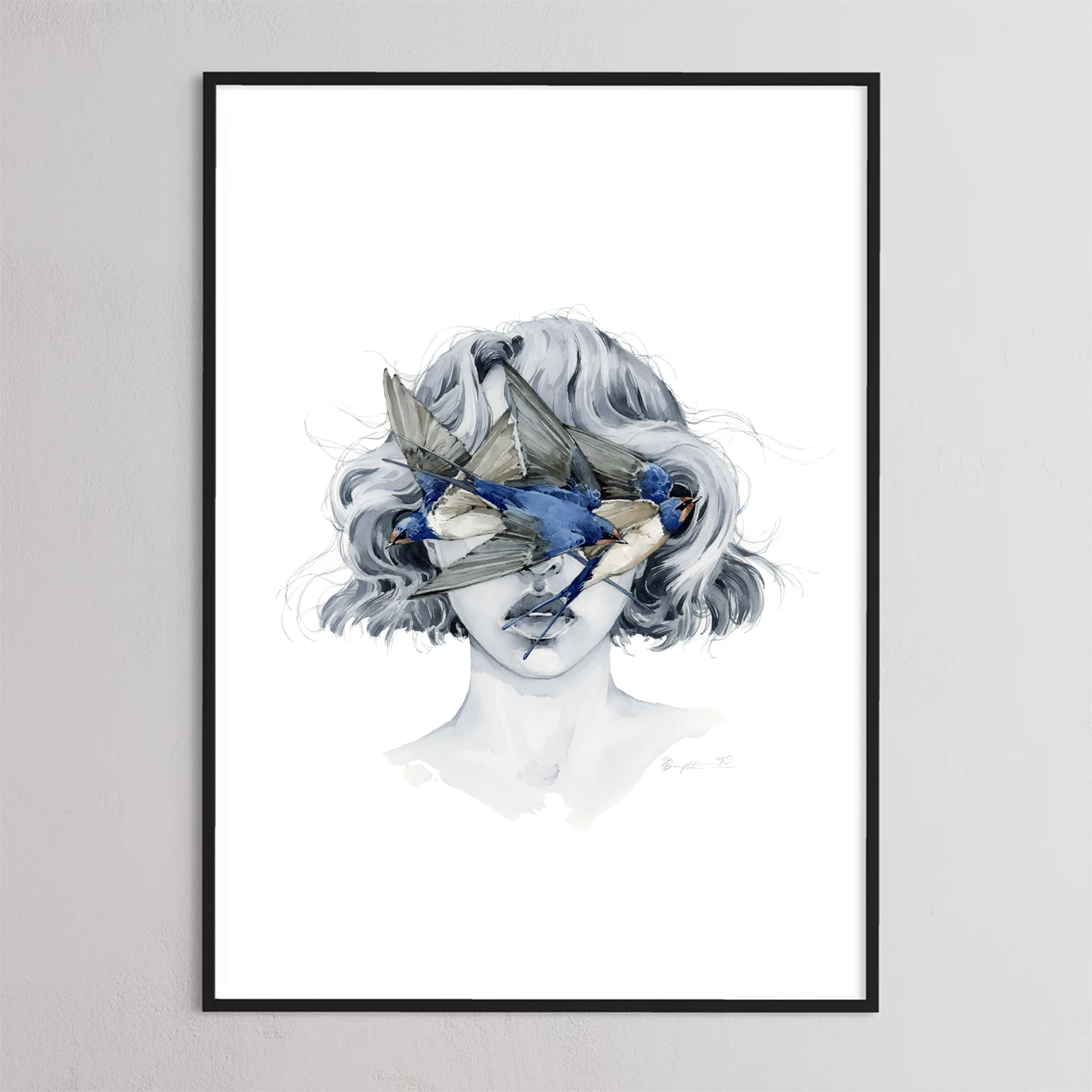
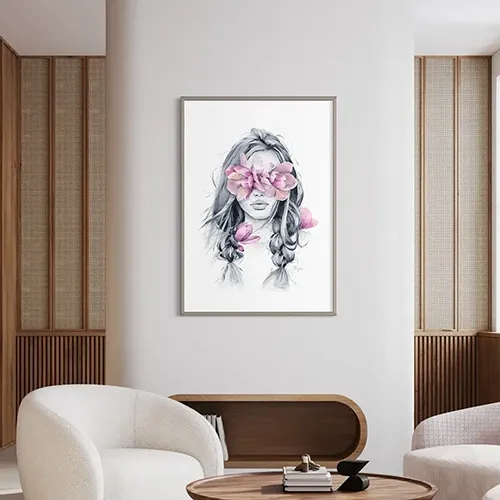
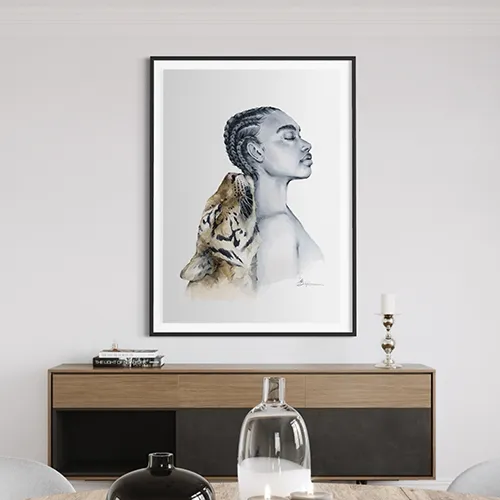

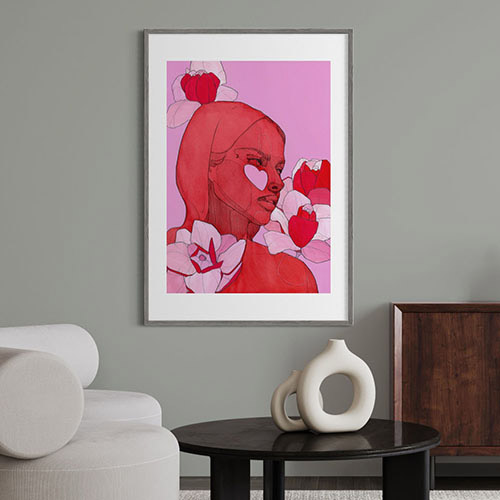
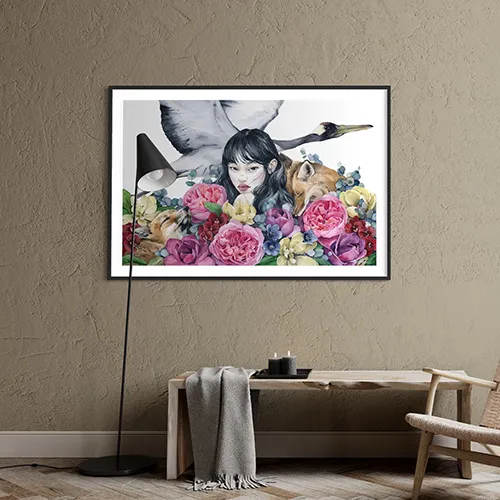
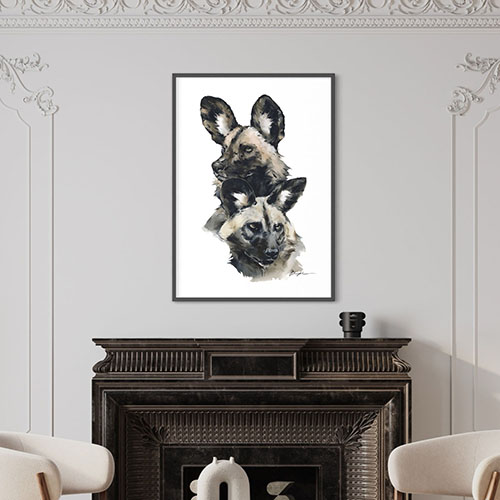
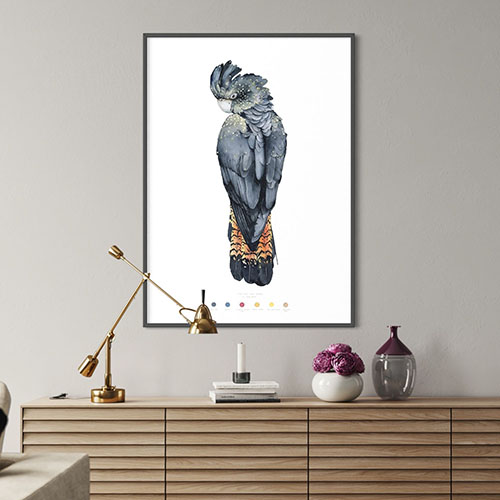
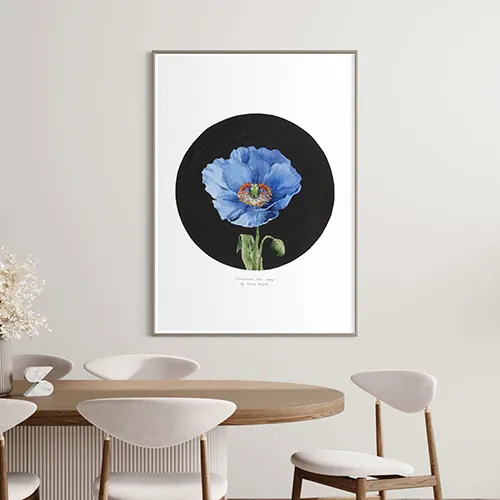
13 comments
Donna Hansen
Great tip using soapy water for masking.
Thank you 🥰
Delana
Thank you! I knew about the soap trick but was using undiluted liquid soap or a bar. It worked better than only using masking fluid but some would still stick. I’ll have to try the soapy water trick.
Also a good way to save your masking fluid is to only add it to the edges. Just be careful to not drop any paint on areas you don’t want it.
Kieran
This was so helpful!!!I never knew something like this even existed. Does it work on canvas too?
Nieves Barrera
Thank you very much for share these tips with us! They are very useful.
Uni
OmG!!! THANK YOU THE TIP ABOUT SOAPY WATER!! AHH I have avoided using masking fluid but now I don’t need to! Yay!!
Leave a comment
All comments are moderated before being published.
This site is protected by hCaptcha and the hCaptcha Privacy Policy and Terms of Service apply.